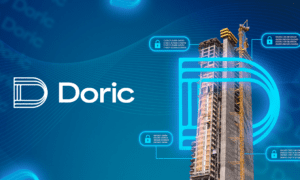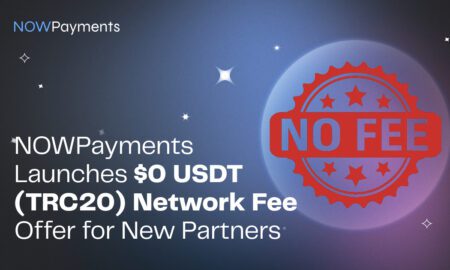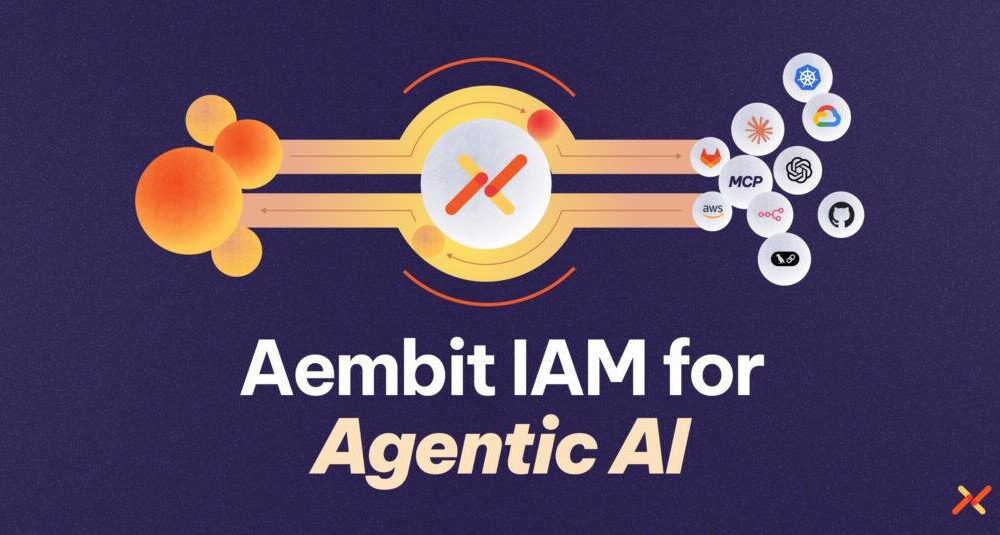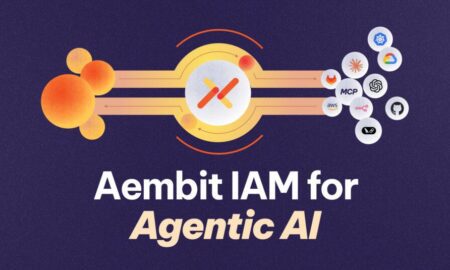Companies across sectors such as Banking, Financial services, Retail, Gaming, Music, Media & more are actively shifting to the tokenization narrative of ‘blockchain’, not crypto. Decision-makers from large institutions believe in tokenization’s potential to transform capital markets. Analysts project that $4 trillion to $5 trillion worth of tokenized digital securities could be issued by 2030, underscoring the anticipated growth in this space.Manish Tewari, Co-Founder, Spydra Technologies sheds light on Tokenized Ecosystems: Building Digital Economies Through Asset Tokenization
The Foundation of Tokenized Ecosystems
Tokenization leverages blockchain technology to create a decentralized ledger where each token represents a fraction of an asset. This can include real estate, commodities, intellectual property, art, and even future revenue streams. By breaking down assets into smaller, easily transferable tokens, tokenization democratizes access to investment opportunities that were previously reserved for institutional investors or high-net-worth individuals.
The Process and Benefits of Tokenization
The tokenization process involves creating a digital token on a blockchain that represents an asset, whether tangible (like real estate or commodities), financial (such as equities or bonds), or intangible (like digital art). This process includes 4 fundamental steps: asset identification, token creation, token issuance, and trading on a blockchain.
The benefits of tokenization generally include:
1. Improved Capital Efficiency
Tokenization can deliver meaningful capital efficiencies, particularly in capital market use cases. For example, tri-party repurchase agreements or money market fund redemptions can occur in minutes instead of the current T+2 settlement period, generating significant savings in high-interest-rate environments.
2. Democratization of Access
Tokenization democratizes access by enabling fractional ownership, which allows smaller investors to own parts of high-value assets. This can enhance liquidity and make investments more accessible restricting access to accredited investors in some cases.
3. Operational Cost Savings
Programmability is another key advantage of tokenization. Smart contracts can automate complex operations like interest calculations and coupon payments, reducing costs and minimizing errors. This is beneficial for assets with bespoke structures, such as corporate bonds.
4. Enhanced Compliance and Transparency
Blockchain technology provides immutable and transparent records, which can automate compliance checks and streamline reporting. This can improve auditability and trust in the system. For instance, in carbon credits, blockchain can provide a transparent record of transactions and verify compliance through smart contracts.
5. Cheaper & More Nimble Infrastructure
Blockchains, being inherently open source, continue to evolve with the contributions of thousands of developers and substantial venture capital investment. Financial institutions adopting private or hybrid blockchains can quickly integrate innovations, further lowering operational costs.
Benefits for Stakeholders
Asset Owners:
Service Providers:
Investors:
Real-World Applications

































